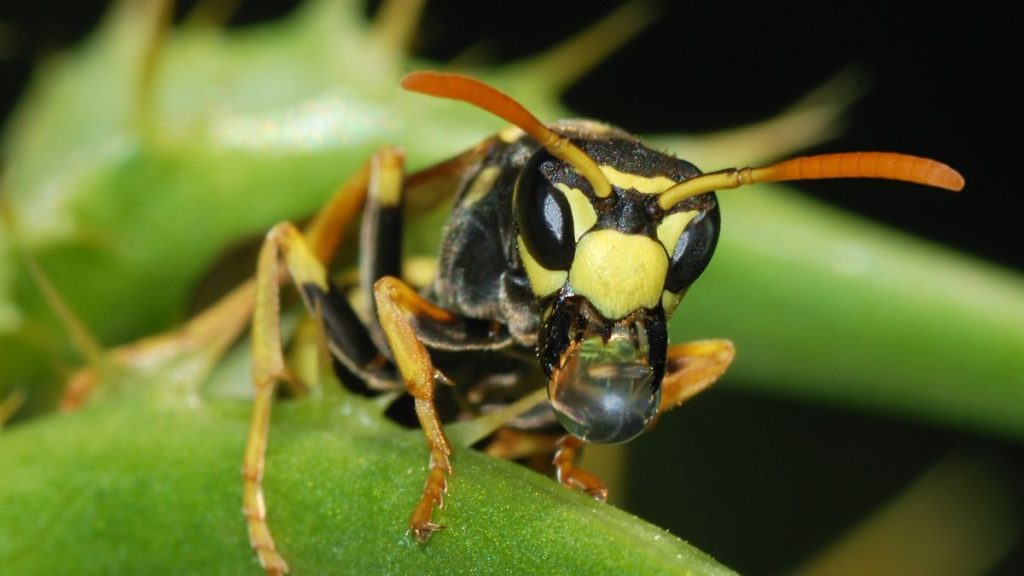The discovery came on July 3, when radiation monitors found the nest on a post near massive underground tanks storing liquid nuclear waste.
Others are reading now
Workers at South Carolina’s Savannah River Site, once central to U.S. nuclear bomb production, found a wasp nest carrying dangerously high radiation levels.
Found during routine checks

The July 3 discovery came during standard radiation monitoring near underground tanks holding liquid nuclear waste.
Ten times over safety limit

Tests showed the nest’s radiation level was about ten times above the federal limit, prompting immediate removal.
Safe disposal, No live wasps
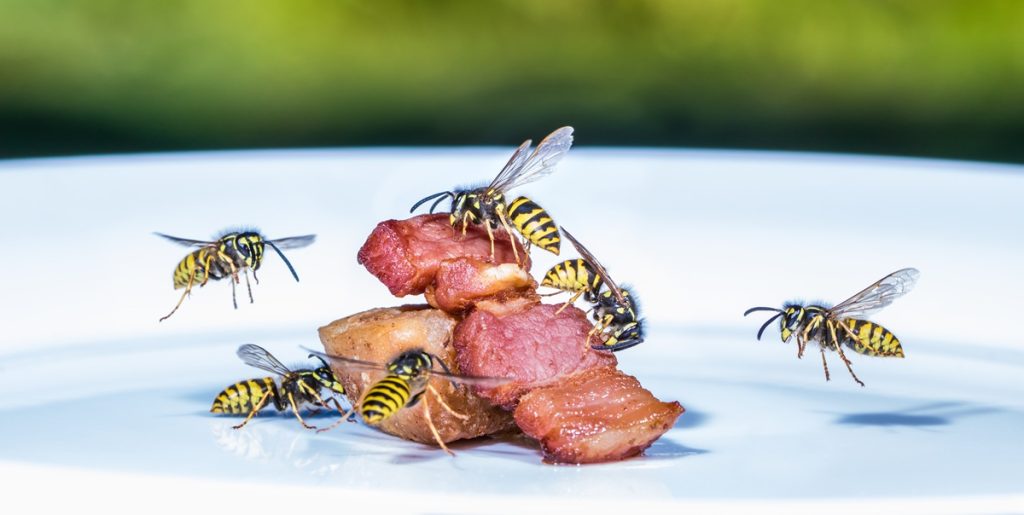
The nest was sprayed with insecticide, removed, and disposed of as radioactive waste. No wasps were inside.
Officials blame old contamination
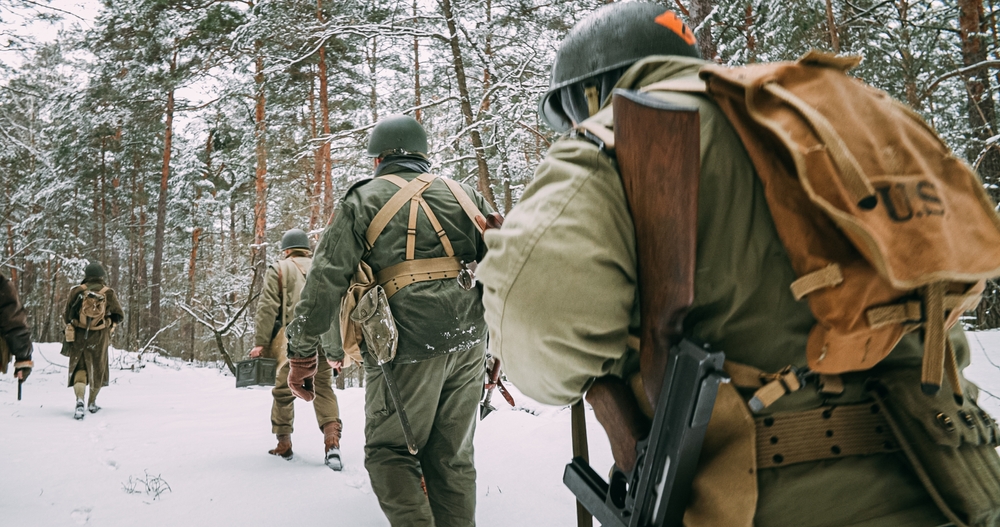
The Department of Energy says the contamination likely came from residual Cold War‑era radioactive material, not from an active leak.
Also read
Watchdogs demand more answers
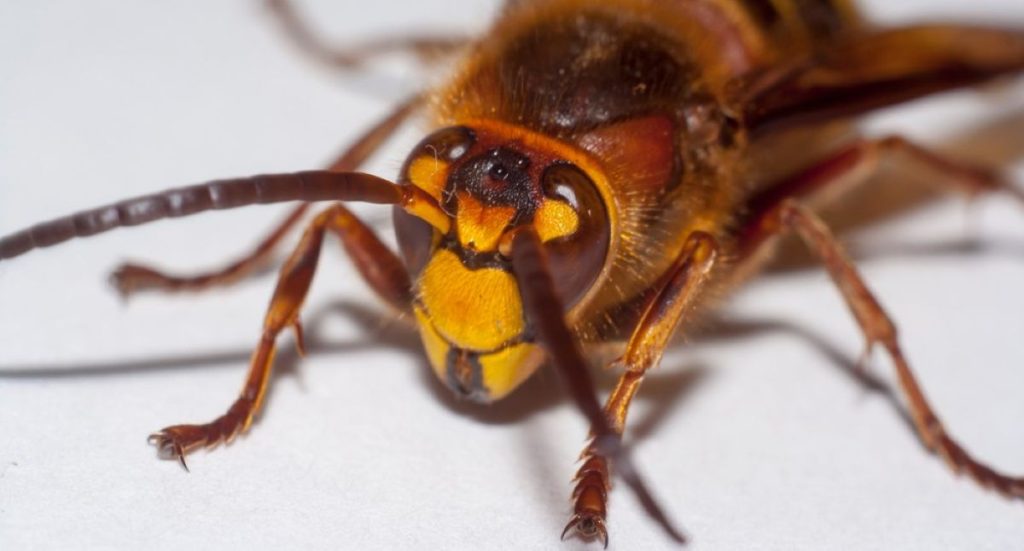
Savannah River Site Watch questions the explanation, asking how the nest became contaminated and whether other nests might exist.
Contained within site boundaries
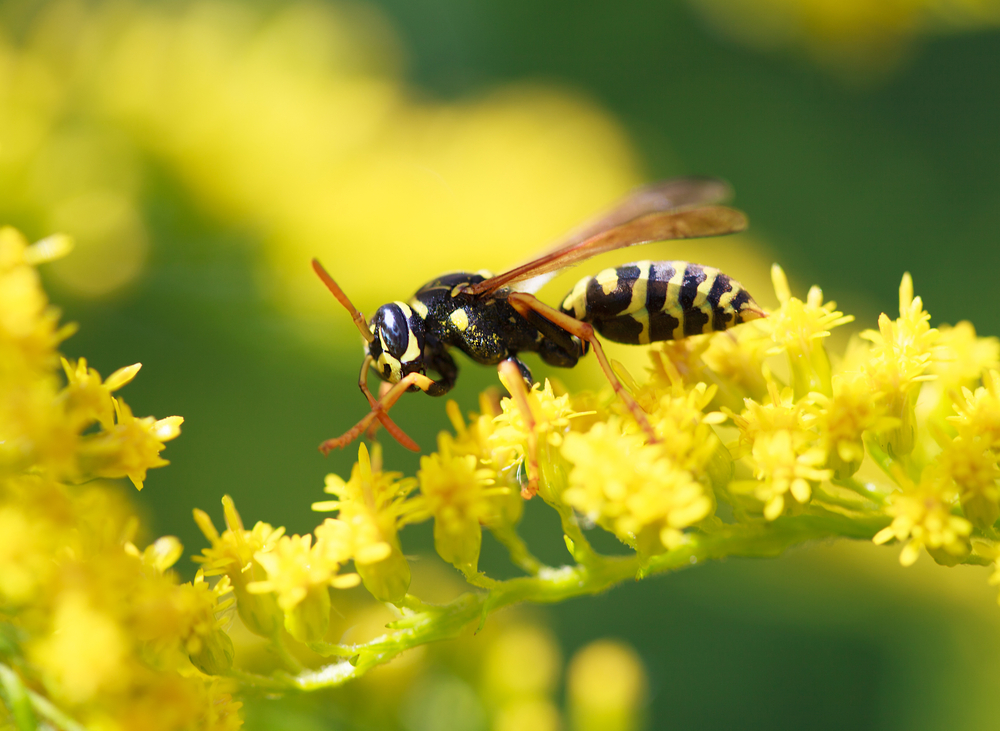
Officials insist the risk is limited to inside the heavily secured facility, as wasps rarely travel far from their nests.
A cold war legacy that lingers
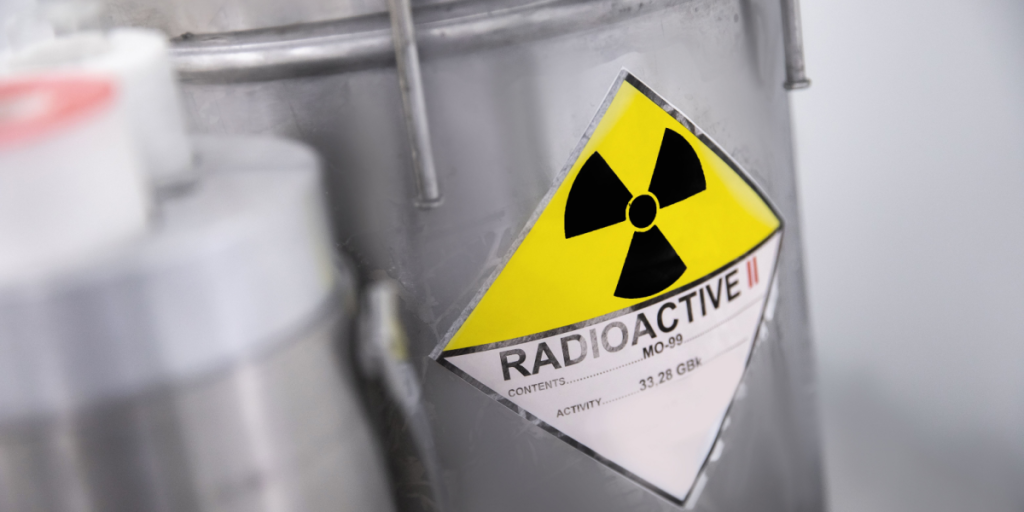
The strange discovery underscores how decades‑old nuclear contamination can still appear in unexpected and unsettling ways.

